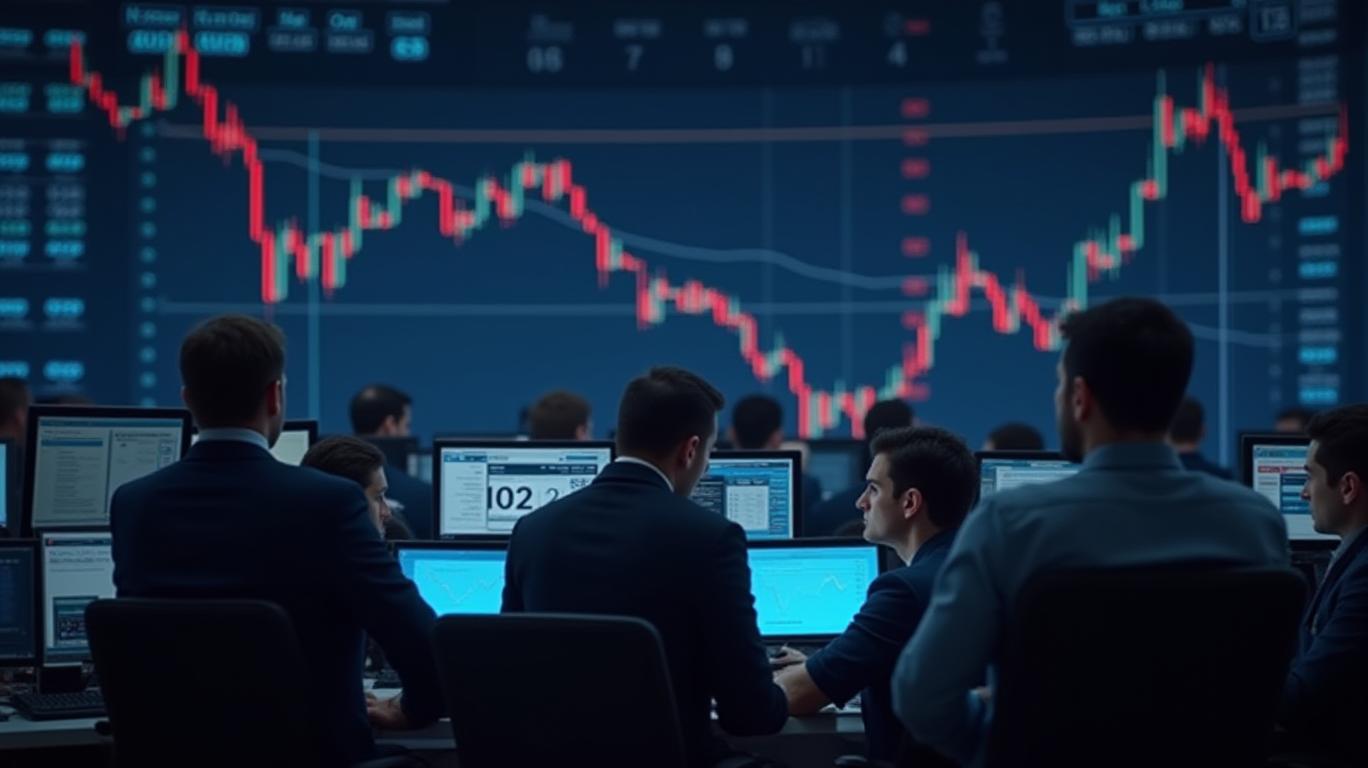Copper's Crossroads: How U.S. Tariff Uncertainty is Creating a Structural Overhang for Prices
The global copper market is at a critical juncture, with prices hovering near multi-year lows as traders grapple with the specter of U.S. Section 232 tariffs. The uncertainty surrounding potential 25% tariffs on copper imports—set to be decided by November 2025—has created a persistent structural overhang, pushing investors toward short positions and hedging strategies. This is not merely a temporary dip but a strategic opportunity to capitalize on policy-driven volatility.

The Tariff Timeline: A Sword of Damocles Over Copper Prices
The U.S. Department of Commerce’s Section 232 investigation, launched in February 2025, has injected unprecedented uncertainty into the copper market. While no tariffs have been imposed yet, the mere threat of a 25% levy has already dampened demand. The final report to the President, due by November 22, 2025, will determine whether the U.S.—the world’s second-largest copper consumer—will formalize these tariffs.
The delay in implementation has not calmed markets. Historically, Section 232 tariffs on aluminum and steel in 2025 triggered immediate price volatility, even before their formal adoption. For copper, the anticipation of tariffs has led to a “wait-and-see” stance among buyers, depressing spot prices and creating a buyer’s market.
Why Uncertainty Itself is a Downward Force
Market psychology is the unsung villain here. Even if the tariffs are ultimately rejected, the prolonged uncertainty has already altered trading behavior. Investors and industrial buyers are adopting defensive strategies:
1. Short Positions: Traders are betting on continued price erosion, exploiting the widening spread between futures contracts.
2. Hedging: Producers and consumers are locking in prices through options and swaps to mitigate the risk of sudden spikes if tariffs are imposed.
The data underscores this shift. Since February 2025, open interest in copper futures has surged by 18%, signaling increased speculation. Meanwhile, the contango
in futures markets—where distant contracts trade higher than near-term ones—has deepened, reflecting a perceived surplus of physical metal.The Global Supply Chain Ripple Effect
The U.S. decision will ripple far beyond its borders. China, the world’s largest copper importer, has already seen its manufacturing PMI dip to 49.1 in April 2025—the lowest in two years—amplifying fears of weaker demand. European refiners, too, face headwinds as the EU considers retaliatory measures against U.S. tariffs, further complicating trade flows.
For miners like Freeport-McMoRan (FCX) and BHP Group (BHP), the stakes are existential. Their stock prices have underperformed the S&P 500 by 14% year-to-date, reflecting investor skepticism about near-term profitability.
The Investment Case: Short Now, Hedge for Later
The path forward is clear for investors seeking asymmetric returns:
1. Short Copper Futures: Target contracts expiring in Q4 2025, when the tariff decision looms largest.
2. Buy Put Options: Protect against further declines while limiting downside exposure.
3. Avoid Copper-Heavy ETFs: Funds like COPX have seen 20% outflows since March 2025 as investors rotate into safer sectors.
The Bottom Line
The U.S. tariff uncertainty is not a temporary headwind but a structural overhang. Even if tariffs are rejected, the damage to sentiment and pricing power may be irreversible in the near term. For traders, this is a textbook opportunity to profit from fear—before the market finally finds clarity.
Act now, or risk missing the window.

Comments
No comments yet